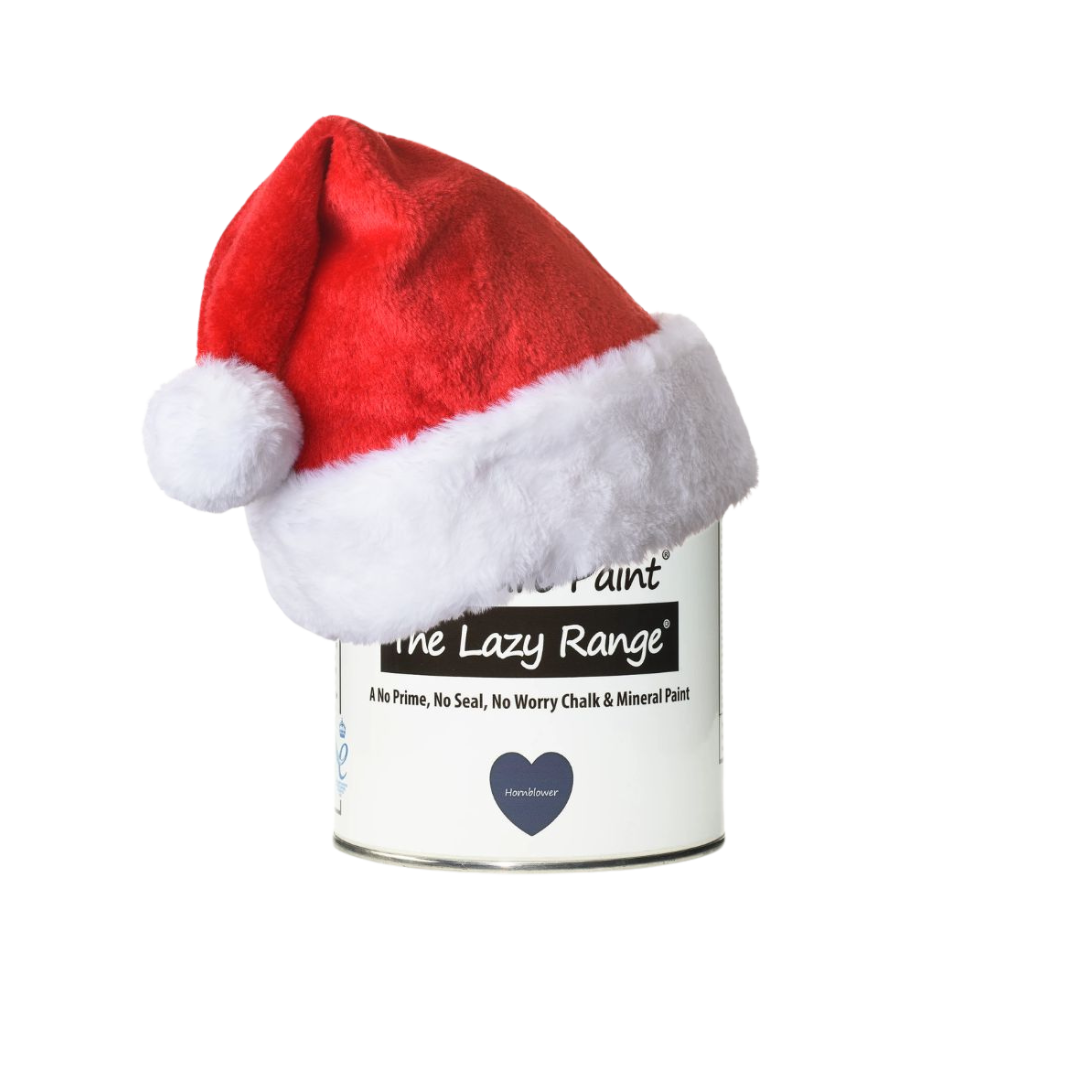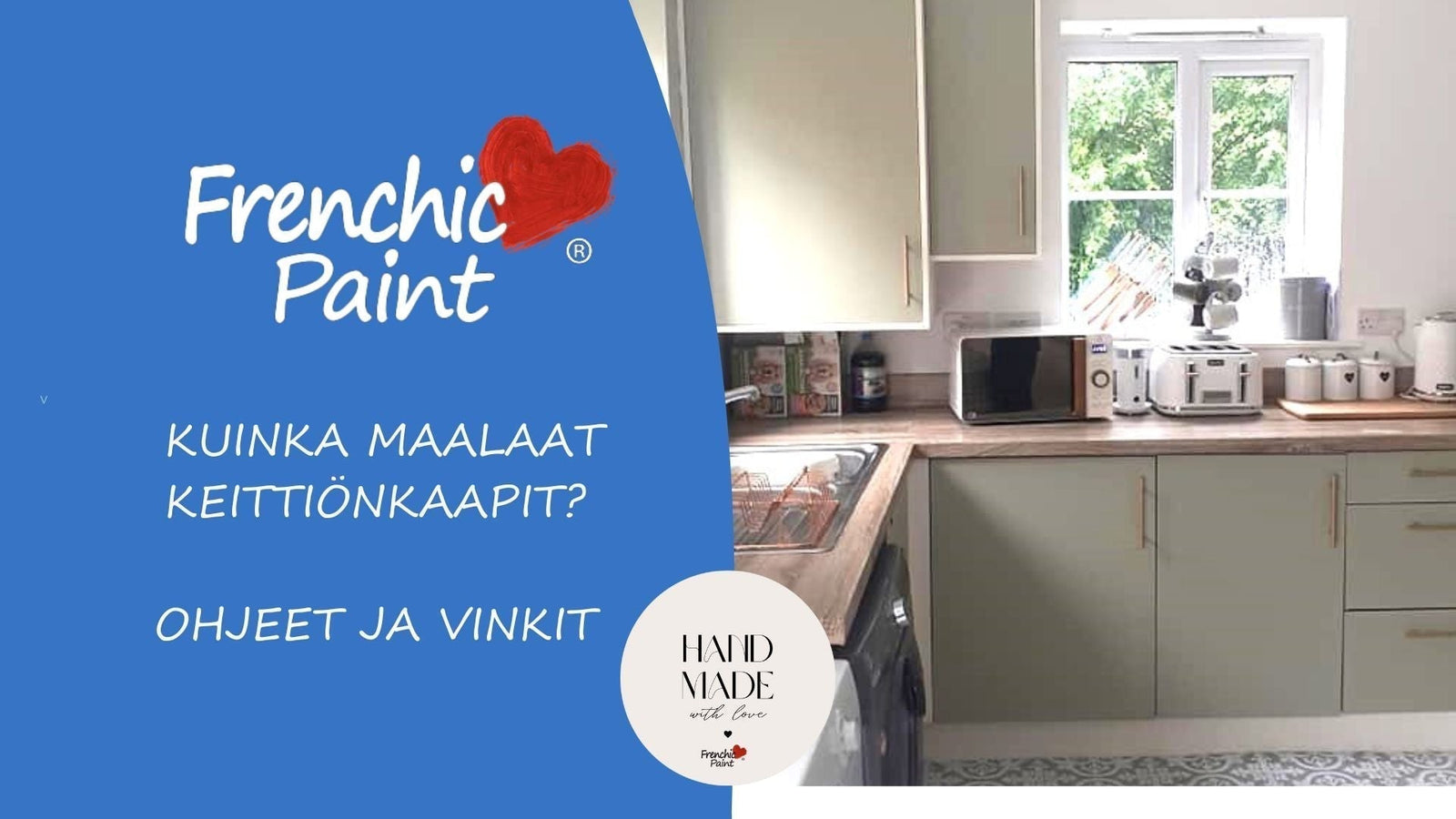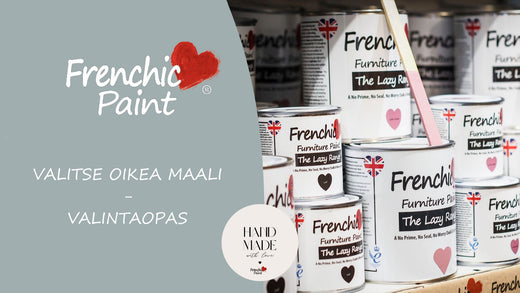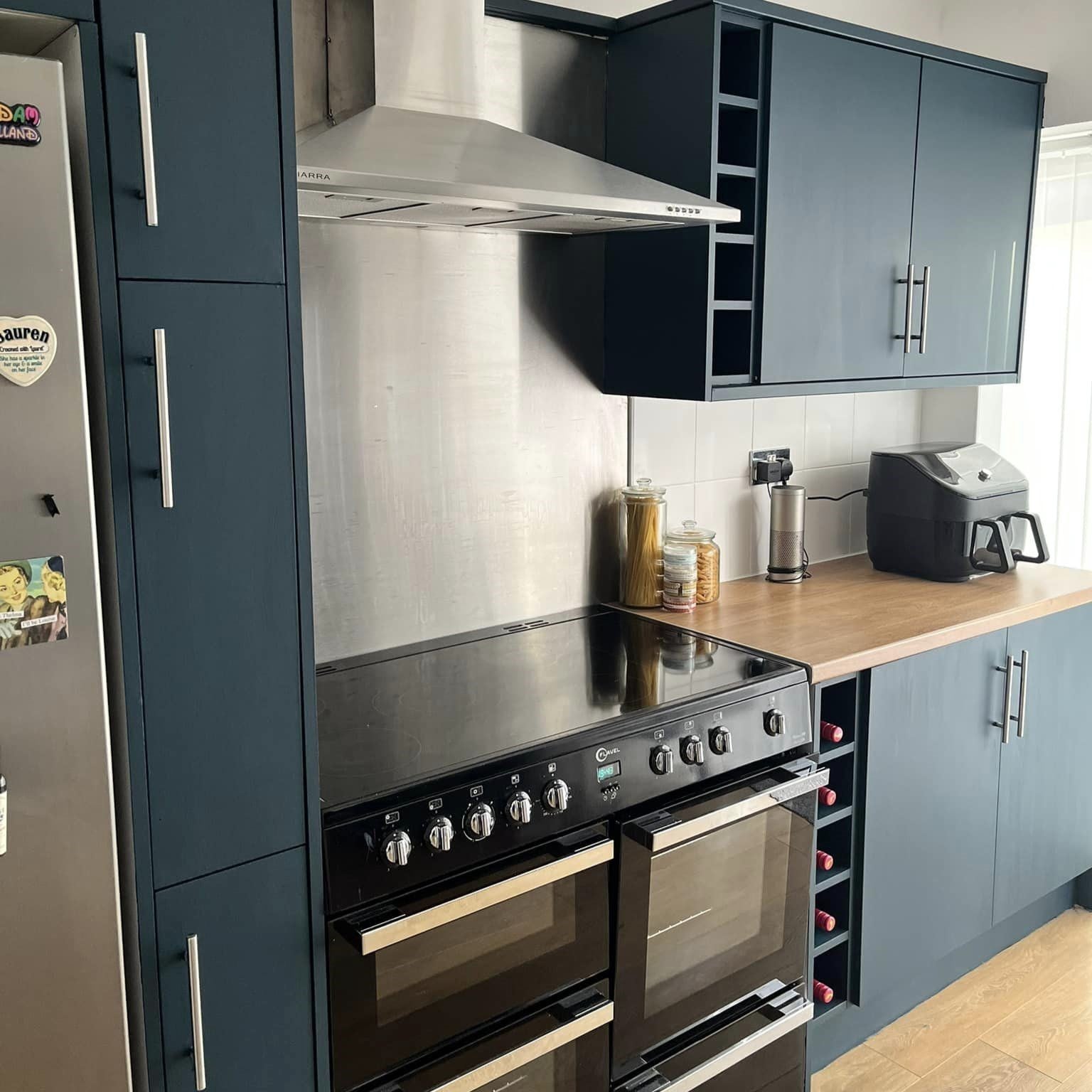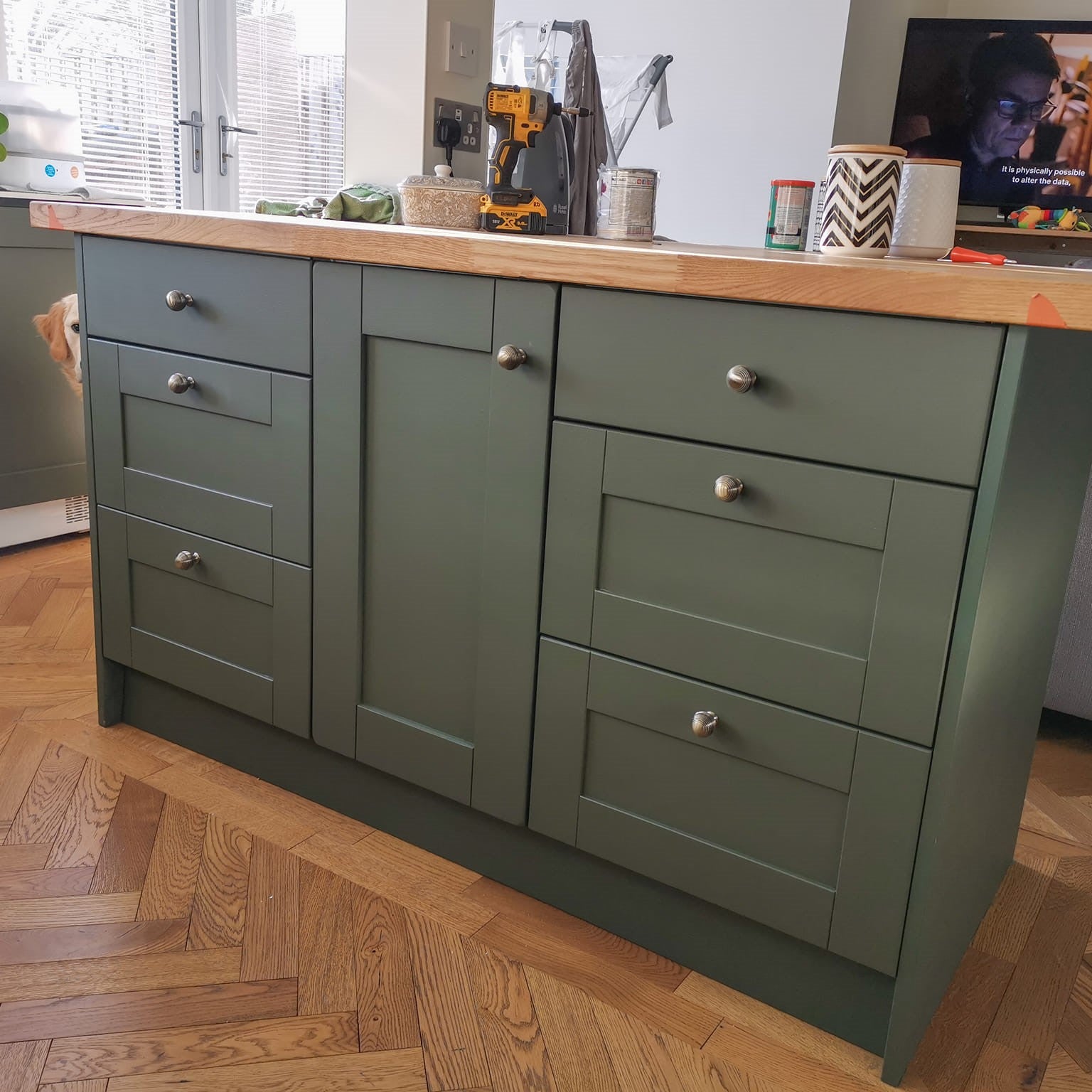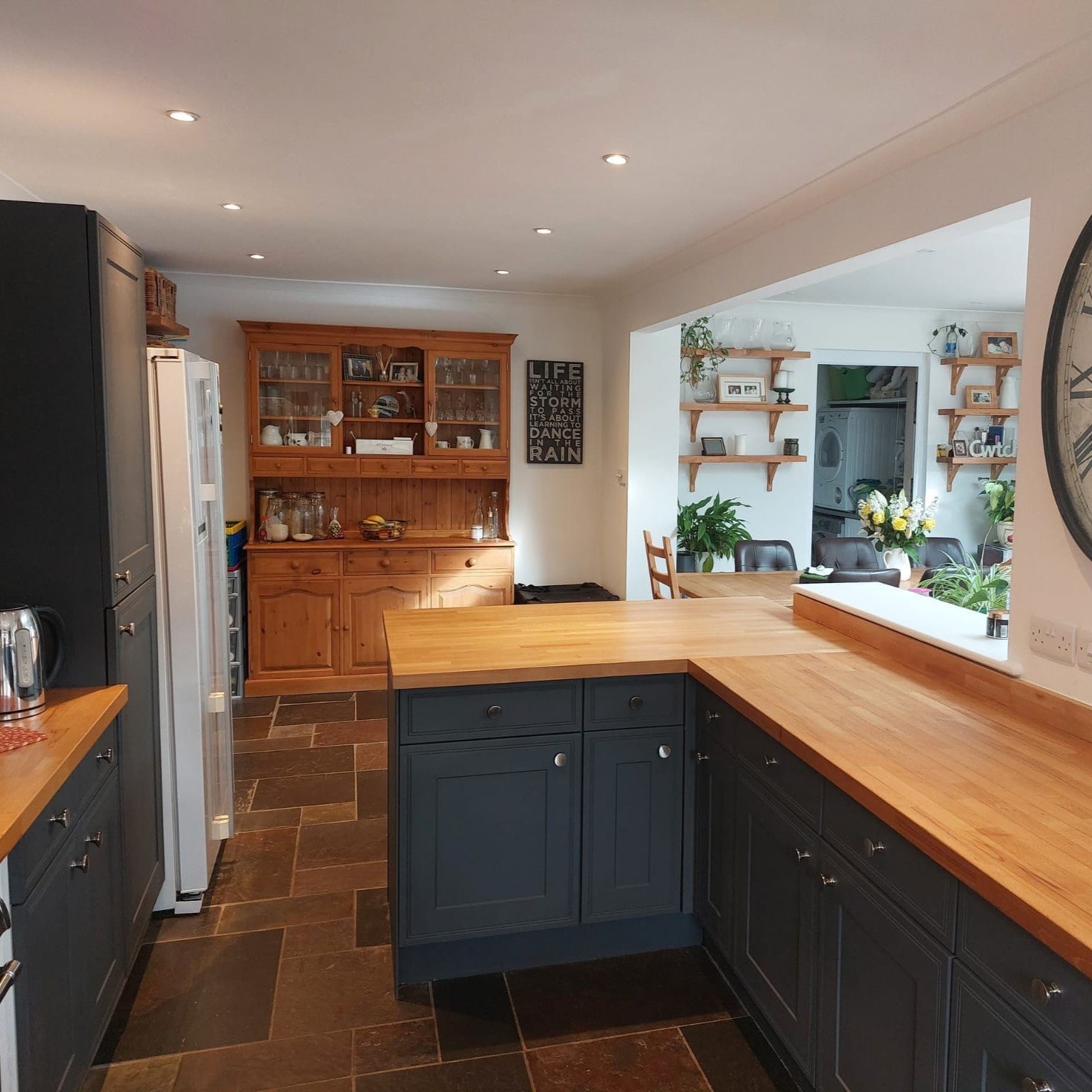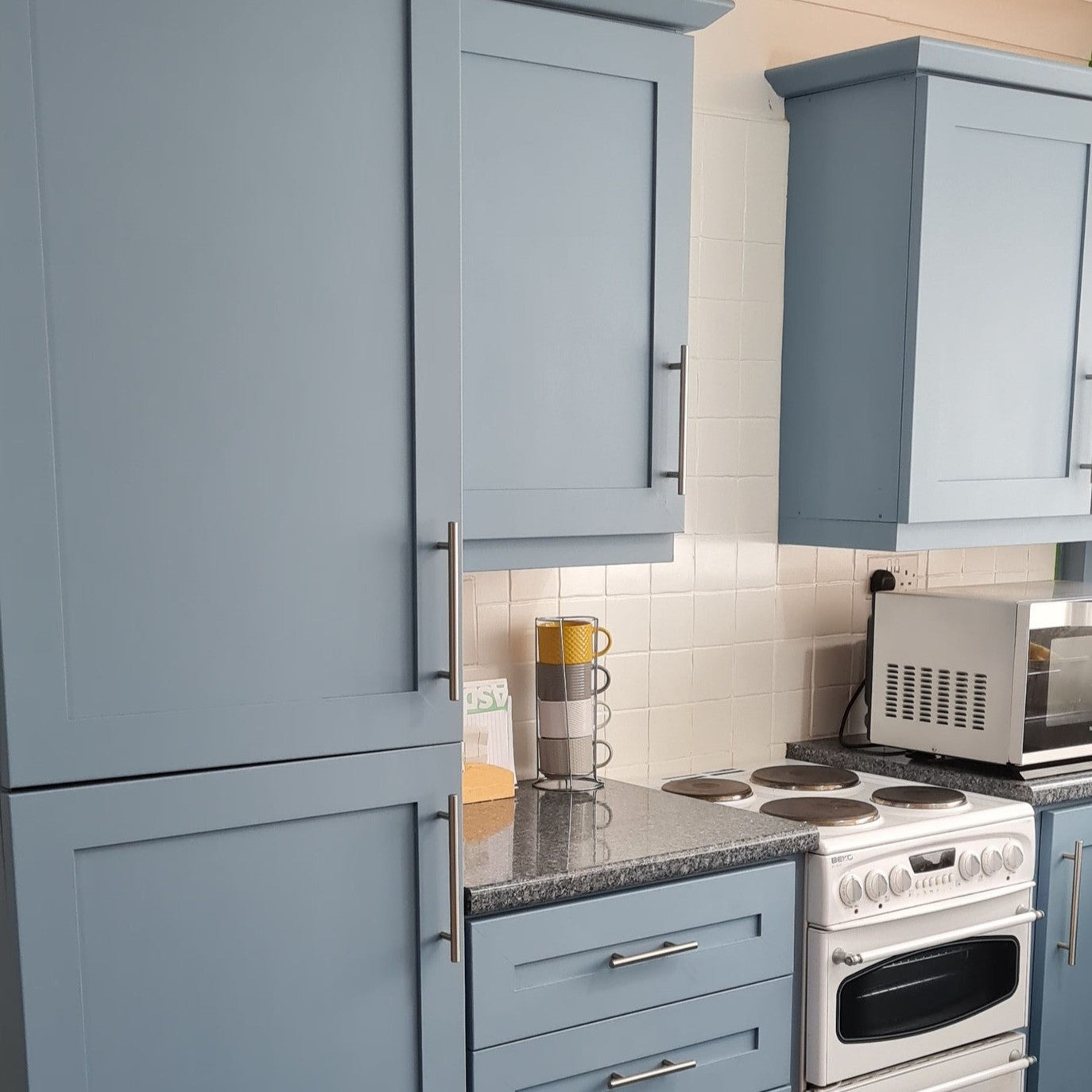Hur man sköter och underhåller målade möbler och målade ytor
När du har lagt ner mödan att måla dina möbler för att de ska se bra ut, vill du definitivt ta väl hand om dem också.
Med noggrann skötsel kommer din målade yta att förbli vacker och hållbar under lång tid. Här är de bästa tipsen för att ta hand om målade möbler!

1. Ha tålamod. Låt färgen härda i fred.
Alla färger behöver tid för att härda helt. Även om Frenchic torkar till damm och beröringstorr mycket snabbt, tar det upp till tre veckor för den att nå sin slutliga hårdhet. Hantera den målade ytan extra försiktigt under denna tid:
- Placera inte tunga föremål på färgytan under de första dagarna.
- Placera inte trasor eller pads på den målade ytan under de första 48 timmarna.
- Undvik fukt och hårt slitage.
2. Regelbunden och skonsam rengöring
Det är en bra idé att regelbundet damma av ytan på målade möbler. Detta förhindrar att damm fastnar och undviker onödig gnidning:
- Använd en fuktig (inte våt) trasa för att torka av.
- Välj ett milt tvättmedel eller bara vatten.
- Undvik starka, frätande, antibakteriella desinfektionsmedel och blekmedel.
- Använd inte ångrengöring på målade ytor.
- Undvik att använda slipande rengöringsverktyg.
3. Skyddar ytor mot hårt slitage
Om målade ytor utsätts för hårt slitage (till exempel barnmöbler, bordsskivor eller bänkskivor), skydda dem väl:
- Använd bordsunderlägg, underlägg och grytunderlägg.
- Applicera ett Frenchic Finishing Coat , till exempel det matta Tuff Top Coat (värmebeständigt) eller det glansigare Finishing Coat för extra skydd.
4. Skydda ytan från tunga dekorationer och föremål
Tunga dekorationer som tv-apparater, lampor eller stora krukor kan fastna på den målade ytan eller lämna märken med tiden. För att undvika detta:
- Fäst filt- eller korktassar på dekorationernas undersida.
- Undvik att placera grova eller vassa dekorationer på den målade ytan.
Allmänna tips för att använda målade möbler
- Värdera och skydda dina möbler i enlighet med deras användningsområde.
- Tänk realistiskt på hur mycket slitage ytan kommer att utsättas för och välj en ytbehandling baserat på den avsedda användningen.
- Målade köksbänkskivor behöver vanligtvis extra skydd.
Kom ihåg: att underhålla en målad yta inkluderar även regelbunden bättringsmålning och underhåll. Detta kommer att hålla dina möbler vackra och funktionella i många år framöver.
Observera att många rengöringsprodukter (särskilt desinfektionsmedel och blekmedel) innehåller kemikalier som mjukar upp färgytan med tiden. Av denna anledning är en utspädd rengöringslösning säkrare än outspädd.
Kolla in fler målnings- och skötseltips på vår franska webbplats .

